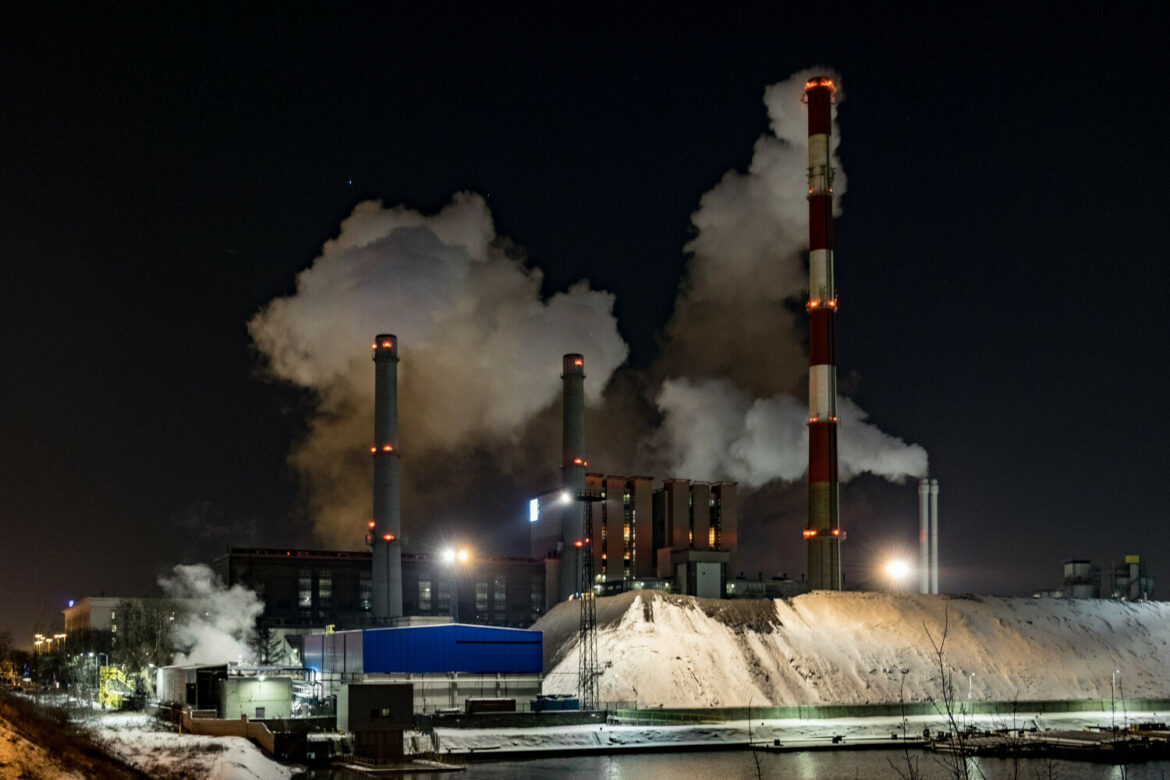The Ministry of Climate submitted for consultation the draft Strategy for District Heating until 2030 with the perspective until 2040. It assumes shifting away from coal, reducing emissions and making system heat attractive. The costs may exceed PLN 70 billion.
The Polish heating industry is facing large expenses in connection with the transformation and transition to new energy sources. The biggest challenges are adapting heating systems to the effective status, minimizing the long-term increase in heat prices due to rising prices of CO2 emission allowances, increasing the production of energy from renewable sources, adapting the sector to the requirements of technical conditions for new and deeply modernized buildings, and ensuring the attractiveness of system heating as the most popular heat source in households.
According to the authors of the project, it is impossible to precisely determine the costs of the transformation of the Polish heating sector due to the fragmentation of the sector consisting of almost 400 entities operating in different conditions. The conducted analysis is forecasting the cost of the investment at a level of approx. PLN 43.9 to PLN 72 billion, while maintaining the current costs.
The dominant fuel in heating is hard coal. In 2019, 71% of heat was created from it and 9.5% of heat was provided from gas and renewable energy sources – mainly biomass. The share of efficient heating systems is less than 20%, which is related to the dominance of coal. Effective heating systems in Poland are usually powered by cogeneration sources, including coal.
The Ministry emphasizes that effective systems are located mainly in the largest cities and are characterized by the highest capacities, therefore the largest investment outlays for modernization will have to be taken by enterprises in small and medium-sized towns with limited financial and organizational possibilities.
In the draft, the ministry envisages the continuation of support for cogeneration, greening system heating, local management of the high-calorific fraction of waste, use of waste heat and support for low-temperature systems.
Arkadiusz Słomczyński order





